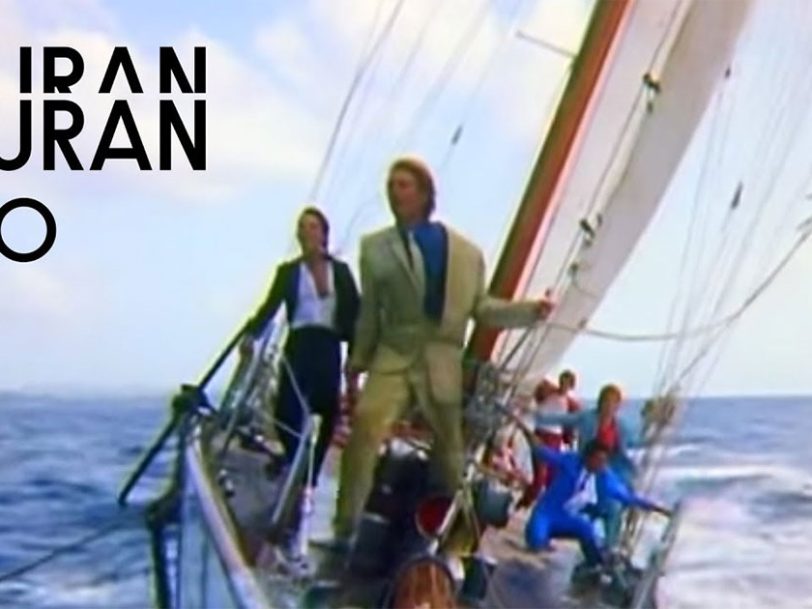Rio has one of the most familiar intros of any 80s song
Ever wondered about the sound effect that gets everyone going on the dancefloor at the start of Rio? In 2022, Nick Rhodes finally revealed how it came about. “I recorded the sound of metal rods landing on the strings of a grand piano,” he told The Guardian. “[It was] the kind of experimentalism I got from being into Karlheinz Stockhausen and John Cage.” In 2008, Nicole Scherzinger, former lead singer of Pussycat Dolls, released a cover of the song, omitting the intro and reimagining the track as a seductive Latin shuffler. It was a bold interpretation, but the original Rio – a clear contender for victory among the best Duran Duran songs – is hard to beat.
The promo video is almost as famous as the song itself
Everyone is familiar with the Rio video clip, recorded in May 1982 on the Caribbean island of Antigua. One of the best 80s music videos, it featured the band decked out in Antony Price pastel suits, cruising through the seas on a sailing yacht; screaming 80s excess even then, it cemented Duran Duran’s image in the public eye for the remainder of the decade and beyond. Nick Rhodes, however, is still conflicted over the filming.
“Although the video captured a moment in pop culture like nothing else, I still have very mixed feelings about it,” he says. “I wouldn’t have admitted this back then but, at the time, all I was worried about was getting salt water on my Antony Price suit. Simon Le Bon, our Action Man singer, loves all that, but I was not happy. I don’t like boats. Still, being on a yacht in the Caribbean and wearing an expensive suit was not the worst thing in the world. And it was only a couple of days of my life.”
Rhodes has reflected on the transient expectation of promo clips at the time, and how no one expected even the best music videos to endure beyond their moment: “Did any of us ever believe the video would last, past two weeks on Top Of The Pops? Absolutely not.” It has been reported that sharks were circling the yacht during filming, which suggests worrying about the suits should have been the last thing on anyone’s mind that day!
Rio paved the way for Duran Duran’s success in North America
In an era when 7” shop sales powered the UK singles charts – and conservative US radio shaped the Billboard Hot 100 – Rio’s success was never guaranteed. Released on 1 November 1982 in the UK, with its parent album still riding high in the charts, the song peaked at No.9 in early December, on its way to going gold. In the US, Rio followed Duran Duran’s Billboard breakthrough, Hungry Like The Wolf, and peaked at No.14 in May 1983. In that vast market, Duran Duran were the darlings of MTV, but US radio was resistant to what was dubbed the “Second British Invasion”, and it would be another few months before UK acts would routinely get major stateside airplay. In the UK, the next Duran Duran single, Is There Something I Should Know?, would top the charts, but it wouldn’t be until 1984 that Duran Duran would score their first coveted US No.1, with The Reflex, securing their place among the best 80s bands in the process.




